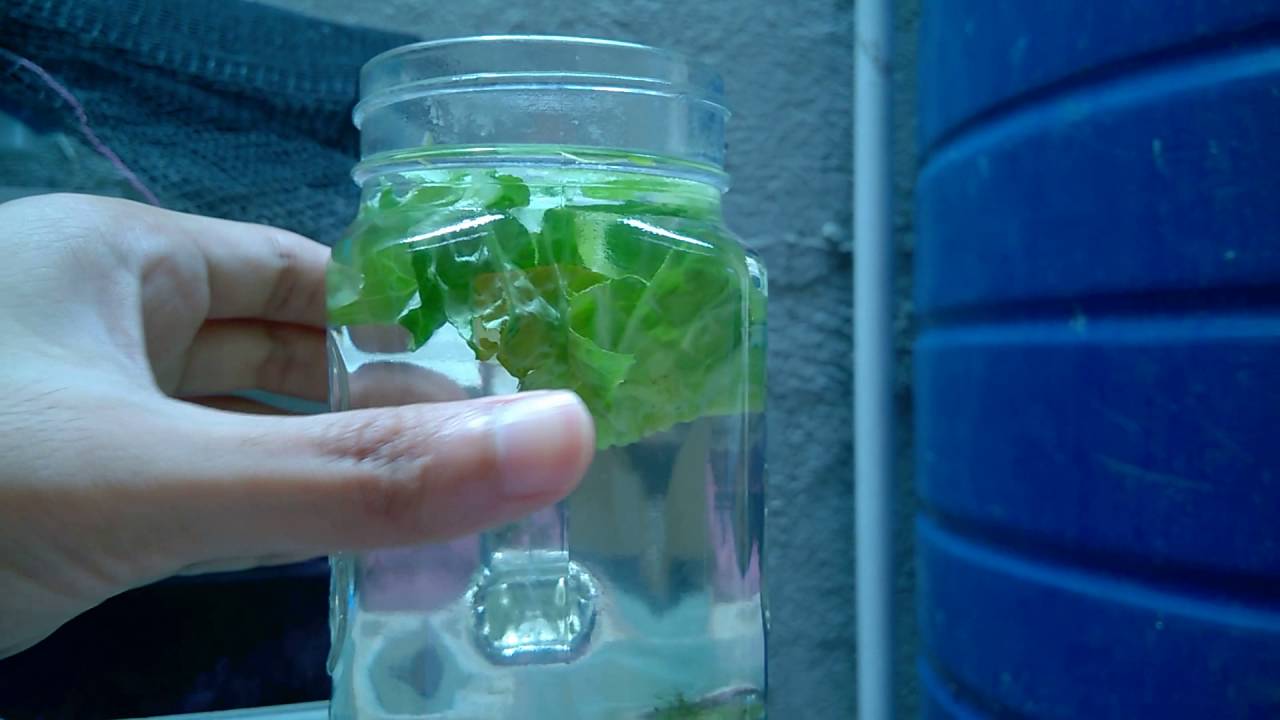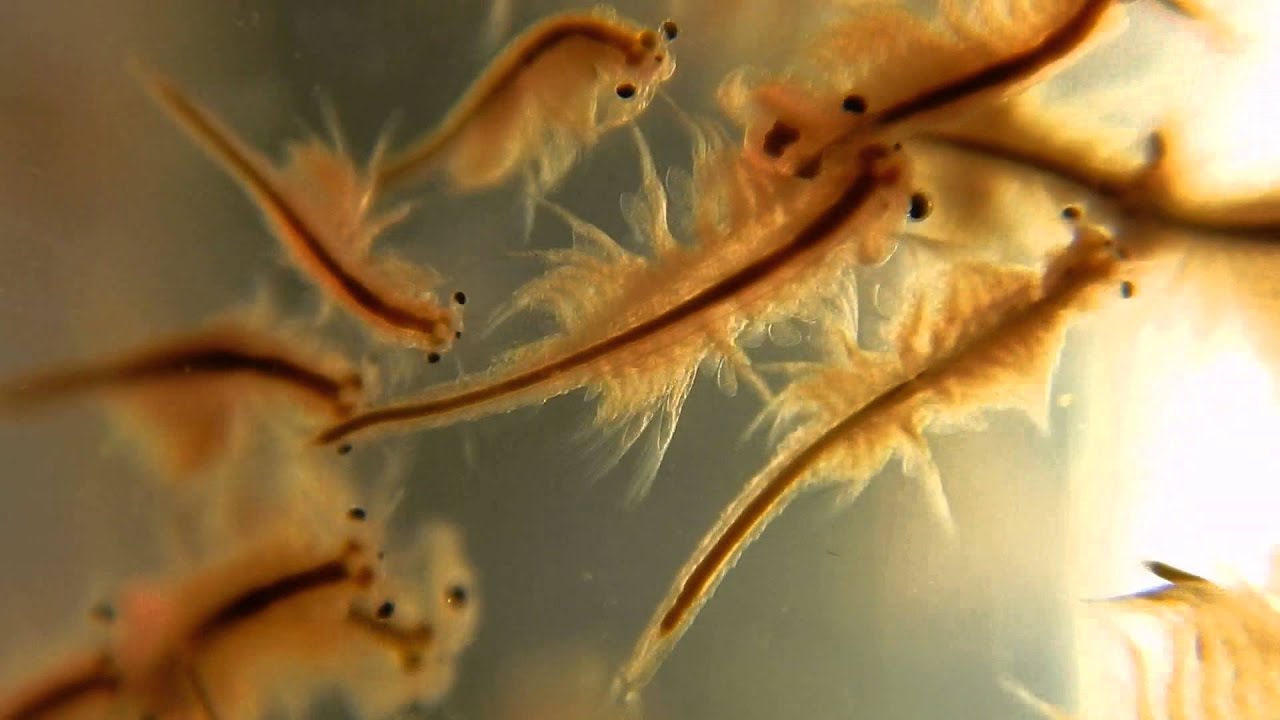Aquarium water is normally clear and colorless, but from time to time it can become cloudy or tinted. Unexpected yellow or brownish colored water is usually a sign of trouble, although there are cases when it is not a problem. To ensure that your aquarium habitat is safe for your fish, investigate yellow or brown water promptly to determine the root cause so you can correct it if needed.
Bacteria
Bacteria overgrowth, often referred to as bacterial blossom or bloom, will cause cloudiness. The water may appear to be gray or milky, but bacteria do not tint the water yellow, brown, or even green. Anytime the water takes on a distinctly yellow or brown tint, the problem is dissolved organic material rather than bacteria, so you can rule out bacterial blossom as the root cause.
Keep in mind that there can be multiple issues going on at the same time. If you have tinted water that is also very cloudy rather that clear, you may have a couple of different issues to contend with.
Dissolved Organic Compounds
Tinted or cloudy water is often caused by dissolved organic compounds, but what does that mean? Dissolved organic compounds are the organic matter that has broken down in the water. It could be fish waste, uneaten food that has decayed, decaying plant parts, or even a dead, decomposing fish parts.
All of these sources can result in organic compounds that dissolve in the water, which can change its makeup. These compounds ultimately impact the health of your fish. Over time, these compounds will contribute to changes in the water chemistry that are harmful to the fish. Dissolved organic compounds will also give rise to unpleasant odors and make the aquarium look less attractive.
Tannins
The presence of tannins is one cause of brown or yellow water that is usually not a problem. Tannins are present in driftwood, and over time they will leach into the aquarium water, staining it yellow to brown. Tannins lower the pH of the water and soften it. For some fish, this may be desirable and even recommended. This is particularly true of fish from South America that requires soft acidic water to thrive and promote spawning.
Troubleshooting Steps
A few indicators can provide clues as to the root cause of water discoloration and resolving the problem.
The first step is to test the water and determine the pH, ammonia, nitrite, and nitrate levels. Also, examine the tank carefully. Do you notice a lot of debris? Are there dead plants, uneaten food on the substrate, perhaps even a missing fish that might be hidden somewhere and decomposing? Do you have any driftwood in the tank? Is the filter running normally? Does the water have foam on the surface? If you take some water and put it in a closed container and shake it, does it produce foam? Foam is an indicator of protein wastes in the water.
:max_bytes(150000):strip_icc():format(webp)/yellow-or-brown-aquarium-water-1381217_final-5bdb757f46e0fb002d76612a.png)
Fixing the Water Discoloration
Once you have completed your tests and observations, you can determine the next course of action.
- Tannins: An acidic pH along with driftwood in the tank is a strong indicator that tannins have leached from the driftwood. This is not a problem unless you are keeping fish that require a significantly higher pH. If driftwood is the cause, the tinted water will clear over time, as the tannins in the driftwood will eventually deplete. If you keep fish that require an alkaline pH, consider changing your aquarium decor to something that will not lower the pH.
- Biologicals: If the ammonia or nitrite levels are elevated, then the biologicals or natural bacteria in the tank are not stabilized sufficiently to keep toxins in check. Because both ammonia and nitrite are potentially lethal to fish, take steps immediately to lower them. Your quickest course of action is to do a large water change. A 50 percent water change will dilute the concentration of toxins in your aquarium by roughly half. You should test for ammonia and nitrites after the water change.
- Organics: If the tank has lots of uneaten food, decayed plants, or possibly a dead fish, it needs cleanup. Likewise, if the water is foamy or foams when shaken, there are a lot of dissolved organics in the water. Clean things up by removing all decaying material such as uneaten food, dead plants, or a fish corpse. Vacuum the gravel and make sure the filter is running at a normal output. If the filter is slow, odds are it’s clogged with debris, which is another potential source of organics.
Do Not Clean Out the Entire Tank
Even if your tank is really dirty, do not clean everything on the same day. Stagger the cleaning regimen to give the fish a chance to adjust to the changes. It will also give your biological colonies a chance to recover as well. If you disrupt the filter and gravel bed at the same time, you could make things worse instead of better. Do one, wait a week, and then do the other.
It may take some time to clear up the water, but eventually, it will resolve. Continue a regimen of regular maintenance and the problem is not likely to recur.







:max_bytes(150000):strip_icc():format(webp)/water-changes-1381886_final-5bdb766546e0fb0051de950d.png)


:max_bytes(150000):strip_icc():format(webp)/Aquarium-fish-4643870338_de66aef190_o-58b7abf45f9b588080ce957e.jpg)


:max_bytes(150000):strip_icc():format(webp)/amazon-sword--echinodorus-amazonicus--94366780-82d83e66708244eb929f948800c9876f.jpg)
:max_bytes(150000):strip_icc():format(webp)/microsorum-pteropus-1012916084-a4ac98caf5d64978ad4423ad1a0e0ee3.jpg)
:max_bytes(150000):strip_icc():format(webp)/aquarium-plants---vallisneria-gigantea-and-vallisneria-spiralis-880763724-7ac32910c6c74a61a6ea0fccc27e4022.jpg)
:max_bytes(150000):strip_icc():format(webp)/Anubias_barteri_var_nana-07ee5641974c422b9c017a8a268bdc6e.jpg)
:max_bytes(150000):strip_icc():format(webp)/a-popular-aquarium-plant---ceratophyllum-demersum-943159052-12d12ccaf01246b796ea5d80d406b7fb.jpg)